Analysis of Misjudgment Factors in Ultrasonic Scanning (SAT&C-SAM): Reliable Testing Should Pay Attention to So Many Factors
Date:2024-06-13 14:12:18 Views:4728
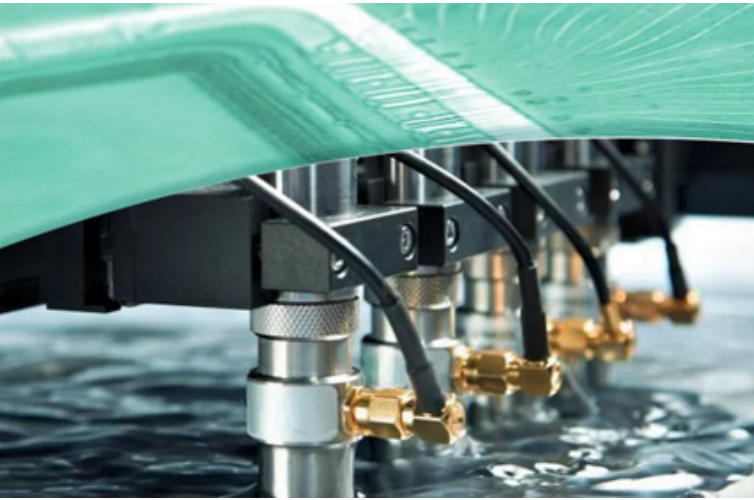
With the rapid development of modern electronic technology and the increasing pace of electronic product updates, integrated circuits and discrete devices, as core components of electronic systems, are increasingly being used in large quantities, leading to an increasing demand for quality inspection. Its quality and reliability are crucial for the performance of the entire system. Therefore, efficient and accurate detection of integrated circuits and discrete devices has become a key link in the electronic manufacturing industry. Ultrasonic scanning (SAT&C-SAM), as a non-destructive detection technology, has the advantages of high sensitivity, high resolution, and real-time imaging, and has been widely used in packaging quality testing of integrated circuits and discrete devices. Similar to other detection technologies, ultrasonic scanning detection produces reliable results, which also needs to be based on standardized procedures. This requires us to approach it from a professional perspective and avoid numerous misjudgment factors. If there is no concept of these factors, the risk of imaging distortion and defect omission will be greatly increased. The factors that lead to misjudgment of ultrasonic scanning results are concentrated in multiple aspects such as material type, defect type, equipment problem, and subjective operation. The following content will be classified and elaborated in detail:
1、 Comprehensive factors of packaging, defect types, and layering "composite"
1. Surface wave loss caused by surface roughness: The surface of integrated circuits and discrete devices may be uneven, which can cause scattering and refraction of ultrasound during propagation, thereby affecting the accuracy and reliability of detection results.
2. Loss of lead frame echo: Lead frame is an important component of integrated circuits, and its echo has a significant impact on the reliability of ultrasonic scanning detection results. If the echo signal of the lead frame is weak or disappears, it will cause deviation or misjudgment in the detection results.
3. False waveform: During ultrasonic scanning and testing, it may be affected by external interference or internal defects in the circuit, resulting in false waveforms. These waveforms can be confused with actual defect waveforms, affecting the accuracy of detection results.
4. Obvious chip edge voids: There are voids at the chip edge in integrated circuits, which can affect the propagation and scattering of ultrasound, thereby affecting the accuracy and reliability of detection results.
5. Layering phenomenon: Integrated circuits and discrete devices may experience layering during manufacturing and use, which can cause attenuation or refraction of ultrasound during propagation, thereby affecting the accuracy and reliability of detection results.
6. Layered "composite" phenomenon: Integrated circuits and discrete devices undergo ultrasonic scanning inspection to eliminate internal layered defects, in order to improve quality. However, some samples may experience changes in their scanning results after being immersed in a coupling solution (such as deionized water or pure water) for multiple scans. As the soaking time increases, the layering phenomenon gradually disappears or expands.
7. Thick plastic coating: For integrated circuits and discrete devices with a thick plastic coating, it is difficult for ultrasonic scanning microscopy to detect small defects. Because there are two imaging factors for ultrasound scanning microscopy: detection depth and sensor frequency. The greater the depth, the greater the attenuation; The higher the frequency, the greater the attenuation as the depth increases.
8. Complex defect types:
8.1 Minor defects: For some minor defects, such as small voids or cracks, due to their size being close to or smaller than the wavelength of ultrasound, diffraction or diffraction phenomena may occur during the propagation of ultrasound, resulting in weak signals or inability to form clear images in ultrasound images, making it difficult to accurately identify and judge.
8.2 Complex shaped defects: Some defects with complex shapes, such as irregular cracks, double-layer substrates, and delamination, can cause complex reflection and refraction phenomena during the propagation of ultrasound, resulting in complex signal patterns in ultrasound images, increasing the difficulty of accurate recognition and judgment.
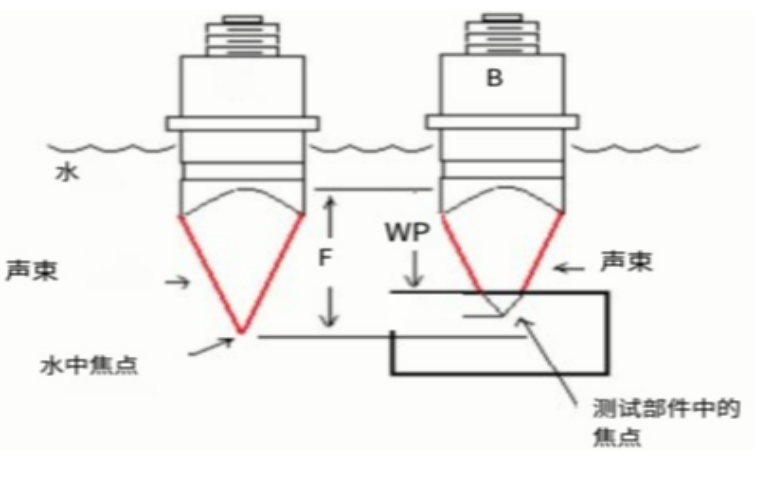
2、 Equipment factors
The core components of ultrasound scanning equipment include ultrasound generators, probes, and receivers, whose performance and status directly affect the accuracy of detection results.
Equipment aging: With the increase of usage time, electronic components, probe chips, etc. of the equipment will experience wear or performance degradation, leading to a decrease in the stability and clarity of ultrasound signals, thereby increasing misjudgment.
Improper maintenance: The probe is one of the most critical components in ultrasound scanning equipment and requires regular calibration and cleaning to ensure optimal performance. If the surface of the probe is contaminated or damaged, or if the equipment is not properly maintained internally, it can lead to a decrease in image quality and result in misjudgment.
Unreasonable parameter settings: Ultrasound scanning equipment usually has multiple adjustable parameters, such as gain, frequency, depth, etc. If these parameters are not set properly, it can cause the signal to be too strong or too weak, unable to accurately reflect the actual situation of the detected object, and thus lead to misjudgment.
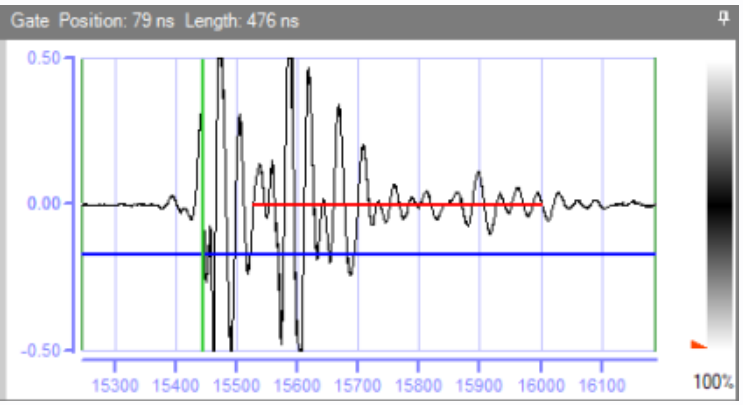
3、 Operational factors
The impact of the technical level and experience of operators on the detection results cannot be ignored.
Non standardized operation: Ultrasonic scanning inspection needs to be strictly carried out in accordance with the operating procedures, including the placement of the probe, scanning speed, scanning angle, etc. If the operator does not follow these procedures, it can lead to image distortion or omission of important information, resulting in misjudgment.
Lack of training: Ultrasound scanning and testing is a job that requires high professional skills, and operators need to receive sufficient training and practice to master it proficiently. If operators lack necessary training to accurately identify and process various ultrasound signals, it will inevitably lead to misjudgment.
Human negligence: During prolonged repetitive work, operators may experience fatigue or lack of concentration, leading to negligence in processing and analyzing ultrasound images, resulting in misjudgment.
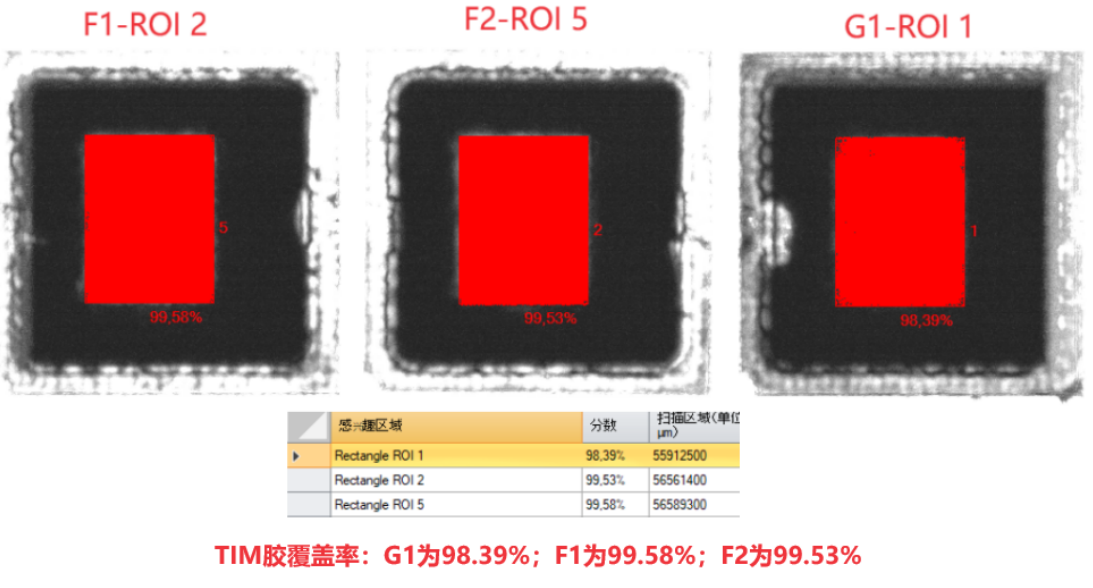
4、 Material factors
Acoustic impedance difference: The acoustic impedance of different materials (i.e. the product of sound speed and material density) is different, resulting in different degrees of reflection and transmission of ultrasound at the material interface. If there is a significant difference in acoustic impedance between the two materials, it will cause strong reflection of ultrasound at the interface, resulting in signal interference in the ultrasound image and leading to misjudgment.
Material non-uniformity: Plastic sealing materials have non-uniformity, such as uneven particle size and distribution, which can cause scattering of ultrasound during propagation, thereby affecting the clarity and accuracy of ultrasound images.
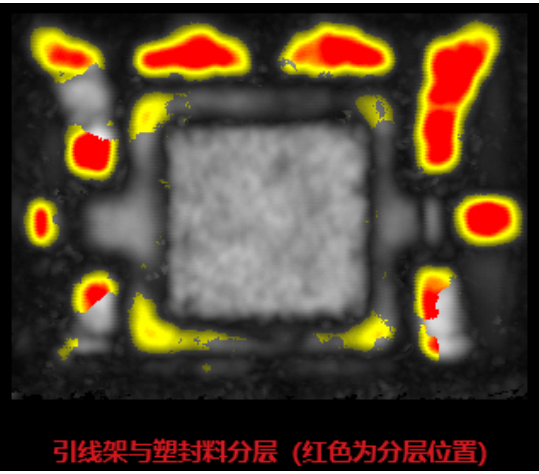
5、 Environmental factors
The conditions in the detection environment also interfere with the ultrasound scanning results.
Temperature and humidity: Changes in temperature and humidity can affect the propagation speed and attenuation degree of ultrasound, leading to changes in ultrasound images. If there are significant fluctuations in temperature and humidity in the testing environment, it will have an adverse impact on the stability of ultrasound scanning results.
Noise interference: Electromagnetic noise and mechanical vibration sources in the environment interfere with ultrasound scanning equipment, causing distortion or deviation of ultrasound signals, thereby increasing the risk of misjudgment.
In summary, numerous factors can lead to misjudgment in ultrasonic scanning testing. Professional testing processes must avoid these factors in advance to ensure accurate and reliable results. Chuangxin Testing has complete and excellent equipment in ultrasonic scanning testing, and its personnel have professional operation ability and rich experience, which can undertake large-scale testing needs and effectively assist customers in quality inspection work.
If you have any needs, please call the national hotline: 4008-655-800




 Weixin Service
Weixin Service

 DouYin
DouYin
 KuaiShou
KuaiShou





















